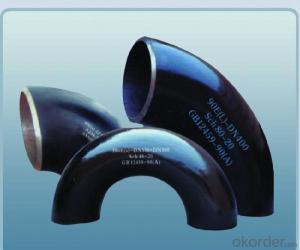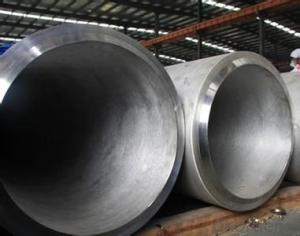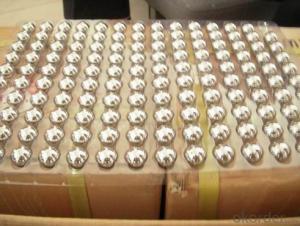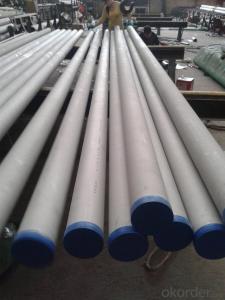Anodize Stainless Steel
Anodize Stainless Steel Related Searches
Best Paint For Stainless Steel Blanket Insulation For Steel Buildings Primer For Galvanized Steel Foam Filter For Stainless Steel H S Code For Stainless Steel Surface Grinding Wheels For Stainless Steel Surface Grinding Wheels For Hardened Steel Hole Saw For Stainless Steel Paint For Stainless Steel Stainless Steel For BbqHot Searches
Steel Mesh Panels For Sale Price For Stainless Steel Scrap Scrap Price For Stainless Steel Price For Stainless Steel Stainless Steel Tank For Sale Stainless Steel Sheets For Sale Cheap High Tea Sets For Sale Stainless Steel Tanks For Sale Stainless Steel For Sale High Density Fiberboard For Sale Solar Hot Water Collectors For Sale Scaffolding For Sale In Uae Scaffolding For Sale In Ireland Scaffolding For Sale In Houston Type Of Inverter For Solar Price Of Shipping Containers For Sale Types Of Inverter For Solar Stock Price For Aluminum Used Solar Inverter For Sale Steel Mesh Panels For SaleAnodize Stainless Steel Supplier & Manufacturer from China
Okorder.com is a professional Anodize Stainless Steel supplier & manufacturer, offers integrated one-stop services including real-time quoting and online cargo tracking. We are funded by CNBM Group, a Fortune 500 enterprise and the largest Anodize Stainless Steel firm in China.Hot Products
FAQ
- Aluminum sheets, in general, demonstrate resistance towards vibration. Being a lightweight and flexible material, aluminum possesses excellent damping characteristics, enabling it to effectively absorb and dissipate vibrations. Moreover, aluminum exhibits a high strength-to-weight ratio, ensuring its structural integrity remains intact under vibrating conditions. Consequently, aluminum sheets are highly favored in sectors like aerospace, automotive, and construction, where protection against vibrations is crucial. Nevertheless, it is important to acknowledge that the degree of vibration resistance may differ depending on various factors such as the thickness and alloy composition of the aluminum sheet, as well as the intensity and frequency of the vibrations.
- Where is the difference between the 5052 aluminum plate and the 1060 Aluminum plate?
- 5052 is aluminium magnesium alloy, 1060 is pure aluminium
- Yes, aluminum sheets are suitable for marine vessel construction due to their excellent corrosion resistance, high strength-to-weight ratio, and durability in harsh marine environments.
- Yes, aluminum sheets can be used for manufacturing food storage containers. Aluminum is a highly suitable material for food storage due to its non-toxic properties, excellent heat conductivity, and resistance to corrosion.
- There are several methods of surface etching aluminum sheets, including chemical etching, electrochemical etching, mechanical etching, and laser etching. Chemical etching involves the use of corrosive chemicals to selectively remove the surface material, creating a desired pattern or design. Electrochemical etching uses an electrical current to dissolve the surface of the aluminum sheet, also creating a pattern. Mechanical etching involves physically abrading the surface using tools or abrasive materials. Laser etching utilizes a high-powered laser beam to selectively remove the aluminum material, creating precise and detailed patterns.
- The common thicknesses of aluminum sheets used in construction typically range from 0.032 inches (0.8 mm) to 0.125 inches (3.2 mm).
- Absolutely, furniture manufacturing can definitely involve the use of aluminum sheets. Due to its lightweight and sturdy nature, aluminum proves to be a perfect choice for crafting furniture that is not only resilient but also conveniently portable. Moreover, its resistance to corrosion ensures endurance even when exposed to different environmental factors. Furthermore, aluminum sheets offer malleability and flexibility, enabling the creation of diverse designs, thus granting furniture manufacturing great versatility. In conclusion, opting for aluminum sheets in furniture manufacturing guarantees the production of top-notch, fashionable, and enduring pieces.
- Yes, aluminum sheets are commonly used in the aerospace industry due to their lightweight, high strength, and corrosion resistance properties. They are used in the construction of aircraft structures, such as fuselages, wings, and interior components, to ensure optimal performance and fuel efficiency.















































